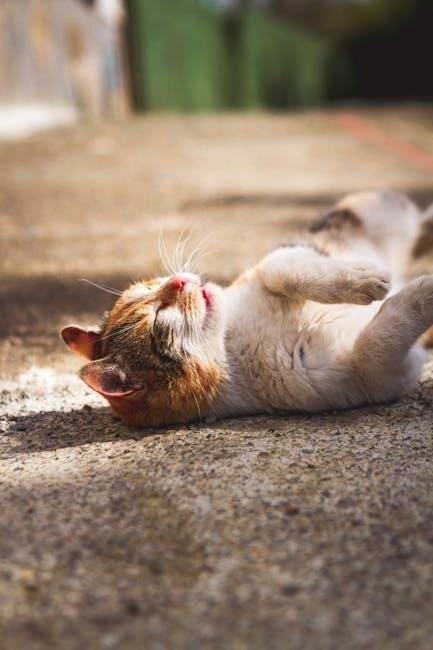
stretching ears guide
Ear stretching is a gradual process of enlarging pierced earlobes to accommodate larger jewelry, offering a unique form of self-expression. It requires patience, safety, and proper aftercare to ensure healthy results. This guide provides step-by-step instructions, expert advice, and essential tips to help you achieve your desired ear stretching goals safely and effectively.
1.1 What is Ear Stretching?
Ear stretching is a gradual process of enlarging pierced earlobes to accommodate larger jewelry. It involves creating a larger hole in the earlobe using techniques like tapers or weights. This practice, also known as ear gauging, allows individuals to wear unique styles of jewelry, such as plugs or tunnels. The process requires patience, as it must be done slowly to avoid damage. Proper aftercare is essential to ensure healing and maintain ear health.
1.2 Benefits and Risks of Ear Stretching
Ear stretching offers a unique form of self-expression and personal style, allowing individuals to showcase their identity through various jewelry styles. However, it comes with risks, such as infections, scarring, and permanent damage if done improperly. Patience and proper aftercare are crucial to minimize these risks. While the process can enhance aesthetic appeal, it requires careful consideration of potential complications and long-term commitment to maintaining ear health.
1.3 Preparation for Ear Stretching
Proper preparation is essential for a safe and successful ear stretching experience. Start by ensuring your piercing is fully healed, typically waiting at least 6 months to a year. Use high-quality, sterile tools and jewelry to minimize infection risks. Research and understand the stretching process, including aftercare routines. Keep your ears clean and moisturized to maintain healthy skin. Patience is key, as rushing the process can lead to damage or complications. Consult a professional if unsure about any step to ensure the best results.
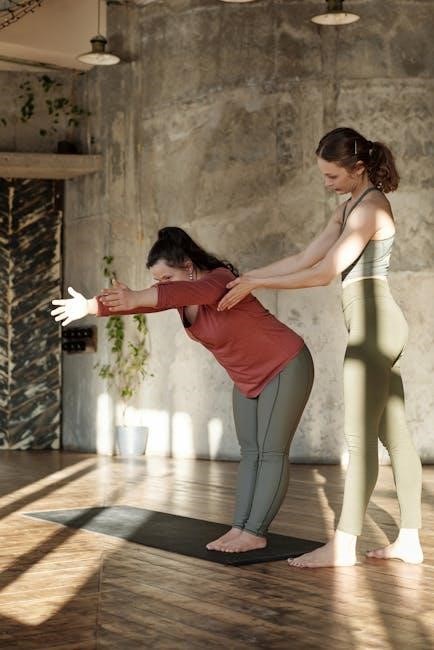
Anatomy of the Ear
The human ear is divided into three parts: the outer ear, middle ear, and inner ear. It plays a crucial role in hearing and balance, with structures like the auricle, eardrum, and cochlea working together to process sound.
2.1 Structure of the Ear
The human ear consists of three main parts: the outer ear, middle ear, and inner ear. The outer ear includes the auricle (visible part) and ear canal, which collect sound waves. The middle ear contains the eardrum and ossicles (tiny bones) that transmit vibrations. The inner ear houses the cochlea (for hearing) and vestibular system (for balance). This intricate structure works together to convert sound waves into electrical signals, enabling hearing and equilibrium, while also being crucial to consider for safe ear stretching practices.
2.2 How the Ear Works
The ear functions by capturing sound waves through the outer ear, which are then channeled into the ear canal. These vibrations strike the eardrum, causing it to oscillate. The ossicles in the middle ear amplify these vibrations, transmitting them to the cochlea in the inner ear. Here, the vibrations are converted into electrical signals by hair cells, which are interpreted by the brain as sound. This process enables hearing, while the vestibular system maintains balance and equilibrium.
2.3 Impact of Stretching on Ear Anatomy
Ear stretching involves enlarging the earlobe piercing, which can affect the skin and underlying tissue. When done gradually, stretching avoids damaging the ear’s structure, preserving its natural functions. However, improper techniques or rapid stretching can lead to irreversible damage, such as thinning of the lobe or tearing. Proper aftercare ensures the ear retains its elasticity and health, while neglect or over-stretching risks permanent harm to the anatomy and function of the ear.
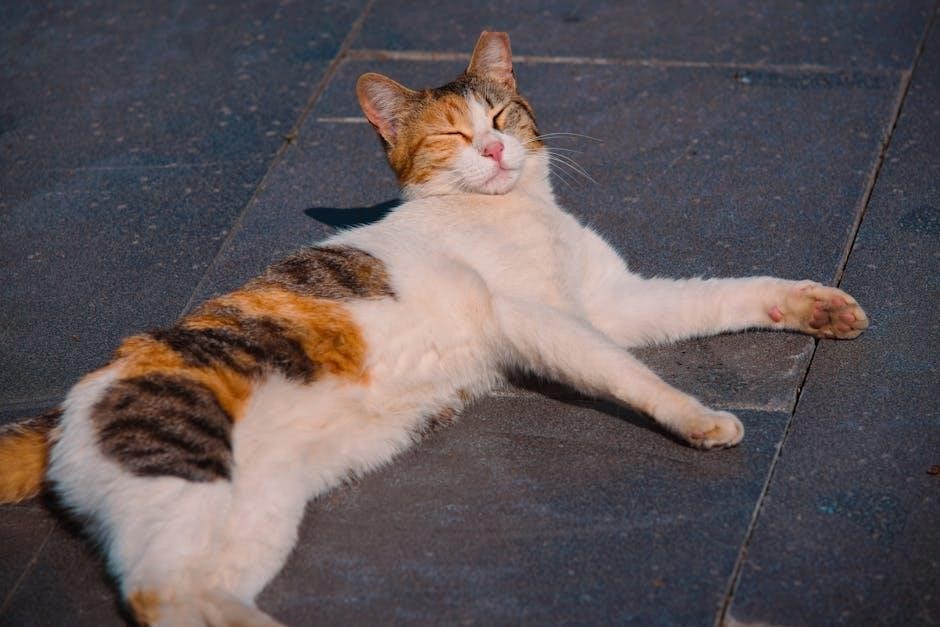
History and Cultural Significance
Ear stretching has ancient roots in various cultures, symbolizing spirituality, status, and beauty. Practices like gauging were common in African and Asian tribes, emphasizing cultural identity and heritage.
3.1 Ear Stretching in Ancient Cultures
Ear stretching dates back thousands of years, with roots in ancient African, Asian, and indigenous cultures. It symbolized spirituality, status, and beauty, often used in rituals. Tribes in regions like Africa and South America practiced gauging to signify cultural identity, with larger stretches representing higher social standing. This practice was deeply intertwined with cultural heritage, showcasing the enduring significance of ear stretching as a form of artistic and spiritual expression across civilizations.
3.2 Modern Popularity of Ear Stretching
Ear stretching has gained significant popularity in modern times, evolving into a mainstream fashion trend; It is embraced as a form of self-expression and body art, with individuals experimenting with various sizes and styles. The rise of social media has further fueled its acceptance, showcasing diverse stretching techniques and jewelry options. Today, ear stretching is celebrated across cultures, blending ancient traditions with contemporary aesthetics, making it a versatile and trendy choice for those seeking unique personal style.
The Ear Stretching Process
Ear stretching involves gradually enlarging pierced earlobes using specialized tools. It requires patience, careful jewelry selection, and consistent aftercare to ensure proper healing and avoid complications.
4.1 Choosing the Right Jewelry
Selecting the right jewelry is crucial for safe and effective ear stretching. Opt for high-quality, biocompatible materials like glass, stainless steel, or titanium to minimize irritation. Start with smaller gauges and gradually increase in size to allow proper healing. Avoid tight or ill-fitting jewelry, as it can cause discomfort or damage. Use tapers or weights designed for stretching to ensure a smooth process. Always clean jewelry thoroughly before insertion to prevent infections and promote healthy stretching.
4.2 Step-by-Step Stretching Technique
Begin by preparing your ear with a warm shower to soften the tissue. Use a lubricant like jojoba oil to reduce friction. Insert a taper gradually, starting from your current size, and gently push through until the desired gauge is reached. Avoid forcing the taper, as this can cause tears. Once the taper is in place, secure the new jewelry. Allow at least 8-12 weeks for healing before attempting the next size. Patience ensures a safe and successful stretch.
4.3 Gradual Enlargement of Piercings
Gradual enlargement ensures healthy stretching by allowing tissue to heal between sizes. Wait at least 8-12 weeks before increasing gauge, as rushing can cause tears or thinning. Signs of readiness include a fully healed, pliable piercing with no redness or swelling. Use high-quality jewelry to avoid irritation. Avoid skipping sizes, as this risks permanent damage. Patience is key to achieving larger sizes safely and maintaining earlobe integrity. Proper timing prevents complications and promotes a smooth stretching journey.
4.4 Knowing When to Stop Stretching
Knowing when to stop stretching is crucial to maintain ear health. Stop when you reach your desired size or experience discomfort. Allow at least 8-12 weeks of healing between stretches. Signs to stop include persistent redness, swelling, or pain. If skin appears thin or fragile, cease stretching. Consult a professional if unsure. Prioritize your ear’s well-being to avoid permanent damage. Patience ensures a safe and successful outcome, preserving the integrity of your stretched ears for years to come.
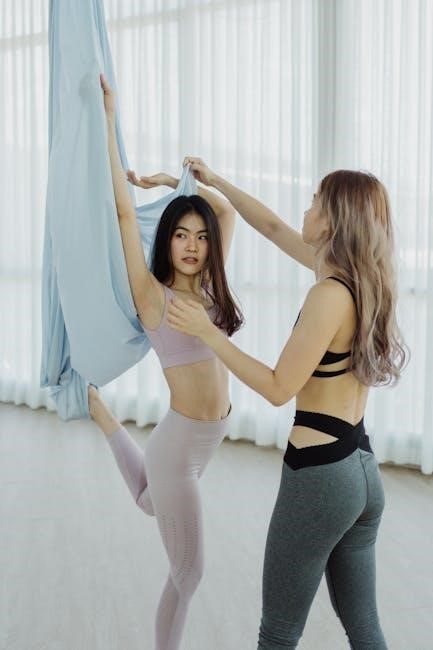
Materials and Tools for Stretching
Essential materials include high-quality jewelry like glass or stainless steel, tapers for gradual stretching, and lubricants to minimize discomfort. Proper tools ensure safe and effective ear stretching.
5.1 Types of Stretching Jewelry
Popular types of stretching jewelry include glass plugs, stainless steel tunnels, and silicone tapers. Glass jewelry is non-irritating and comfortable, while stainless steel is durable and easy to clean. Silicone options are flexible and ideal for gradual stretching. Each material offers unique benefits, catering to different preferences and stages of the stretching process. Choosing the right jewelry ensures comfort and promotes healthy healing, making it a crucial part of the ear-stretching journey.
5.2 Essential Tools for Safe Stretching
Essential tools for safe ear stretching include high-quality tapers, lubricants like jojoba oil, and sterile gloves. Tapers help gradually enlarge piercings, while lubricants reduce friction and discomfort. Sterile gloves ensure hygiene, preventing infections. Additionally, a stretching cone or guide can aid precise alignment. Proper tools are vital for a smooth, injury-free process, ensuring your stretching journey remains safe and effective. Investing in the right equipment minimizes risks and supports healthy, successful stretching outcomes.
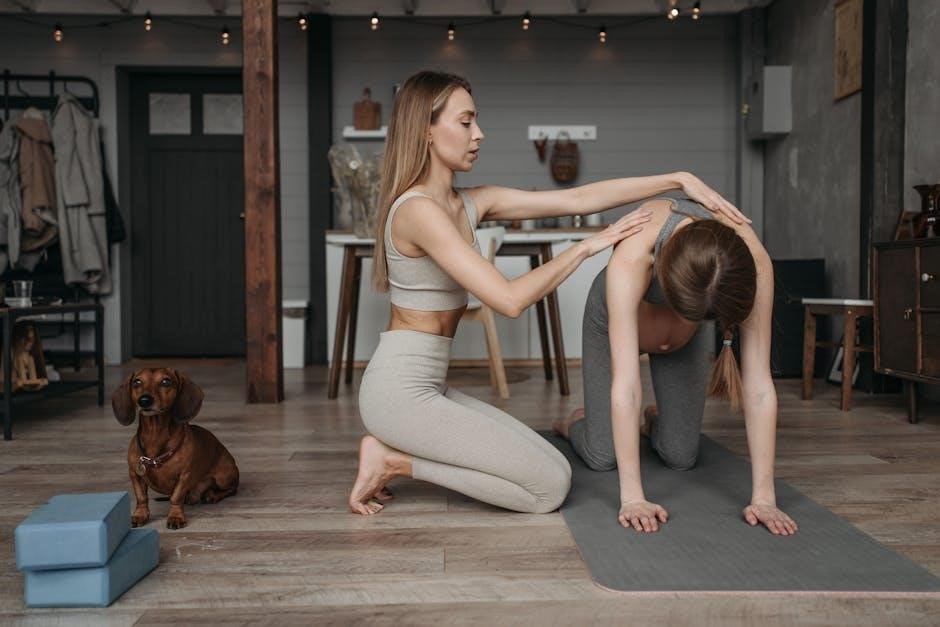
Aftercare for Stretched Ears
Proper aftercare is crucial for maintaining healthy stretched ears. Clean daily with mild soap, avoid harsh chemicals, and keep the area dry to prevent infections and irritation.
6.1 Cleaning and Hygiene Practices
Clean your stretched ears daily using mild soap and warm water to prevent bacteria buildup. Avoid harsh chemicals like alcohol or hydrogen peroxide, as they can irritate the skin. Soak your earlobes in a saline solution (1/8 teaspoon sea salt per cup of water) for 5–10 minutes daily to promote healing. Gently pat dry with a clean towel to remove moisture. Regularly clean your jewelry to prevent dirt accumulation. Maintain hygiene to ensure healthy, infection-free stretched ears.
6.2 Drying and Moisture Control
Proper drying is crucial to prevent moisture buildup, which can lead to bacteria growth and irritation. After cleaning, gently pat your ears dry with a clean towel. Avoid rubbing, as it may cause friction or irritation. Keep your stretched ears dry, especially after swimming or sweating. Remove jewelry temporarily if exposed to excessive moisture. Ensuring your ears remain dry promotes healing and prevents complications, keeping your stretched lobes healthy and free from infection.
6.3 Avoiding Irritants and Harsh Chemicals
To maintain healthy stretched ears, avoid exposing them to irritants like harsh chemicals, tight clothing, or sharp objects. Never use alcohol, hydrogen peroxide, or abrasive cleaners, as these can dry out the skin and delay healing. Instead, opt for mild soap and water or saline solutions for cleaning. Avoid tight hairstyles or accessories that may rub against your ears. By minimizing exposure to irritants, you reduce the risk of inflammation and promote a smooth, healthy stretching journey.
6.4 Monitoring Healing Progress
Monitoring your earloves’ healing progress is crucial to ensure a safe and successful stretching journey. Check for signs of proper healing, such as smooth, even skin and jewelry moving freely without resistance. Avoid any redness, swelling, or discharge, as these may indicate complications. Regularly inspect your ears for balance and evenness in size. Allow at least 6-8 weeks between stretches to enable proper tissue recovery. If you notice any irregularities, consult a professional piercer for guidance to prevent long-term damage.

Safety and Precautions
Ear stretching requires patience and caution to avoid infections or permanent damage. Always wait at least 6-8 weeks between stretches to ensure proper healing and use high-quality tools to minimize risks.
7.1 Common Risks of Ear Stretching
Ear stretching carries risks, including infections, skin tears, and permanent damage if done improperly. Stretching too quickly can lead to blowouts or keloids, especially in sensitive skin. Infections may occur if hygiene practices are neglected. Allergic reactions to jewelry materials and scarring are also potential issues. Proper techniques, patience, and high-quality tools are essential to minimize these risks and ensure a safe stretching process.
7.2 Preventing Infections and Damage
Preventing infections and damage during ear stretching requires meticulous hygiene and care. Wash your hands thoroughly before handling your ears or jewelry. Clean your ears daily with mild soap and water, avoiding harsh chemicals like alcohol or hydrogen peroxide. Use high-quality, non-irritating jewelry materials, such as glass or surgical steel. Allow adequate healing time between stretches and avoid over-tightening. Patience and consistency are key to maintaining healthy, intact skin and preventing complications.
7.3 When to Consult a Professional
Consult a professional piercer if you experience persistent pain, swelling, or signs of infection, such as redness or discharge. Seek expert advice if you’re unsure about proper techniques, jewelry sizing, or healing progress. Professionals can also help address complications like uneven stretching or damaged tissue. They provide personalized guidance to ensure your stretching journey is safe and successful, especially if you’re new to the process or aiming for larger gauges.
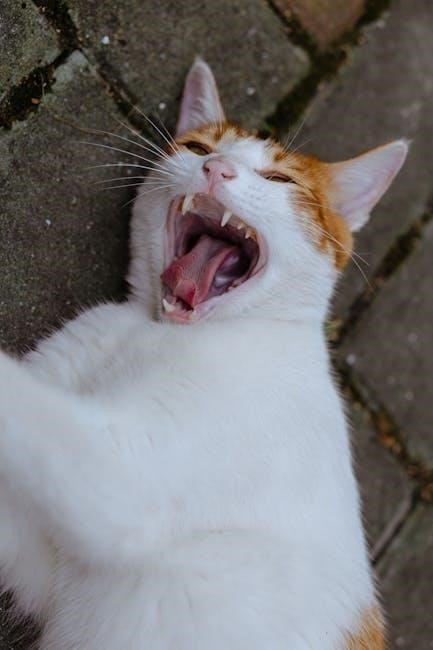
Troubleshooting Common Issues
Identify signs of infection, such as redness, swelling, or discharge, and address them promptly. Consult a professional if issues persist or worsen, ensuring proper healing and safety.
8.1 Signs of Infection or Damage
Common signs of infection or damage include redness, swelling, discharge, or persistent pain around the stretched area. If you notice pus, increased sensitivity, or a foul odor, seek immediate attention. Avoid ignoring these symptoms, as they can lead to severe complications. Proper aftercare and hygiene are crucial to prevent such issues. If symptoms persist or worsen, consult a professional piercer or healthcare provider for guidance and treatment to ensure proper healing and avoid further damage.
8.2 Solutions for Stretching-Related Problems
If you encounter issues like redness, swelling, or discharge, immediately clean the area with a saline solution. Avoid using harsh chemicals and opt for gentle, fragrance-free soap. Applying jojoba or vitamin E oil can promote healing. Ensure your jewelry fits comfortably and isn’t too tight. Massage your lobes gently to improve blood flow. If problems persist, consult a professional piercer for guidance. Proper care and patience are key to resolving stretching-related issues effectively.
Advanced Ear Stretching Techniques
Explore advanced methods like taping or weight stretching for larger gauges. These techniques require patience and experience, ensuring proper aftercare for healthy, long-term results.
9.1 Taping Method for Larger Stretches
The taping method involves wrapping non-adhesive tape around your existing jewelry to gradually increase the size of your piercing. This technique is ideal for experienced individuals seeking larger gauges. It requires consistency and patience, as results develop over time. Proper aftercare is essential to prevent irritation or infection. Many find this method comfortable and effective for achieving their desired ear shape without causing unnecessary strain on the lobes.
9.2 Using Weights for Gradual Stretching
Using weights is an advanced technique for gradual ear stretching, employing gravity to enlarge piercings over time. Start with lightweight jewelry and gradually increase the weight as your lobes adapt. This method requires patience and careful monitoring to avoid tearing. Proper aftercare is crucial to maintain healthy skin and prevent complications. Weights should be worn briefly and removed regularly to allow the tissue to rest and heal. Safety and consistency are key for successful results with this method.
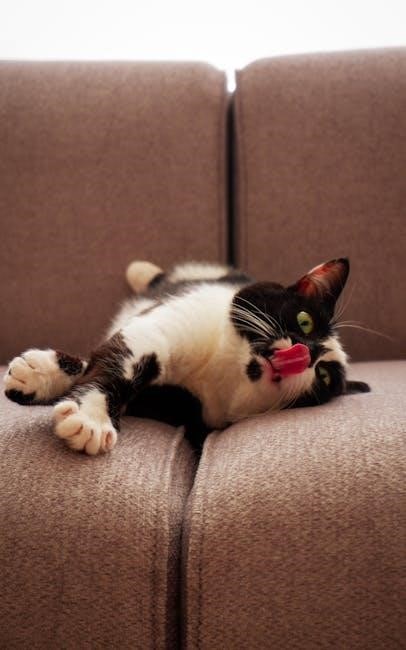
Jewelry Options for Stretched Ears
Explore various jewelry styles like plugs, tunnels, and spirals, crafted from materials such as glass, wood, and metal, to suit your ear size and personal style.
10.1 Popular Styles of Stretching Jewelry
Popular styles include plugs, tunnels, and spirals, each offering unique aesthetics. Plugs are solid and come in various materials, while tunnels feature hollow centers for a more dramatic look. Spirals add an artistic twist with their curved designs. Materials like glass, wood, and metal are favored for comfort and style. These options allow individuals to express their personality while complementing their stretched earlobes. Choosing the right jewelry enhances both comfort and the visual appeal of stretched ears.
10.2 Choosing the Right Material for Your Ears
Selecting the right material for your stretching jewelry is crucial for comfort and aesthetics. Common materials include glass, wood, metal, and stone, each offering unique benefits. Glass is smooth and hypoallergenic, while wood provides a natural, earthy look. Metal options like stainless steel or titanium are durable and ideal for long-term wear. Consider your personal style, sensitivity, and healing stage when choosing a material to ensure optimal comfort and satisfaction.
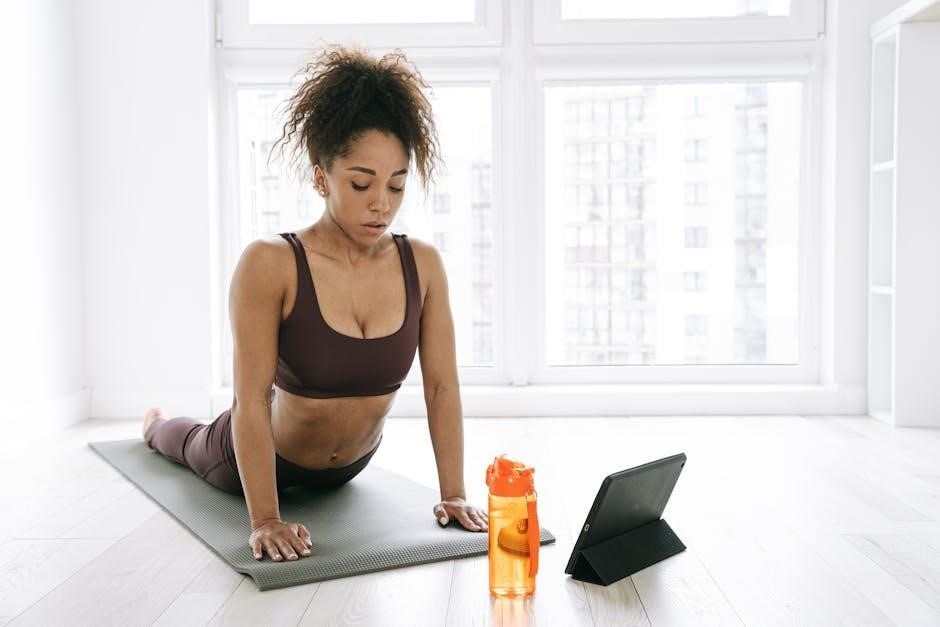
Maintenance and Long-Term Care
Regularly clean your jewelry and lobes with mild soap and water. Avoid harsh chemicals, keep the area dry, and massage your lobes to maintain softness and health.
11.1 Regular Cleaning of Jewelry
Regular cleaning of your jewelry is essential for maintaining hygiene and preventing irritation. Wash your hands thoroughly before handling your jewelry. Use mild soap and warm water to gently clean the jewelry, ensuring no residue remains. For more thorough cleaning, soak the jewelry in a saline solution or mild soap solution for 10-15 minutes. Rinse well and dry completely to prevent moisture buildup. Avoid using harsh chemicals like alcohol or hydrogen peroxide, as they can irritate the skin. Regular cleaning helps keep your jewelry and earlobes healthy and free from bacteria.
11.2 Oiling and Conditioning the Lobes
Regularly oiling and conditioning your stretched lobes helps maintain softness and flexibility. Use high-quality, non-irritating oils like jojoba or coconut oil to massage your lobes gently, promoting blood flow and healing. Apply oil after cleaning or as needed to keep the skin hydrated. Avoid harsh chemicals and instead opt for natural products that nourish the tissue. Conditioning ensures your lobes remain healthy and pliable, making future stretching easier and reducing the risk of irritation or damage.
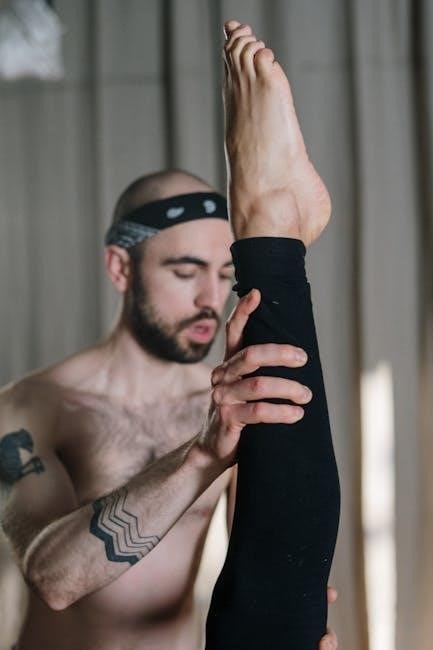
Cost and Budgeting
Ear stretching involves an initial investment in jewelry and tools, with ongoing expenses for aftercare products. Plan accordingly to ensure a safe and successful stretching journey.
12.1 Initial Investment for Stretching
Starting an ear stretching journey requires an initial investment in quality jewelry and tools. High-quality stretching jewelry, such as stainless steel or glass plugs, can range in price depending on size and material. Essential tools like stretching tapers or needles are also necessary. Additionally, aftercare products, such as sea salt solution or natural oils, should be budgeted for. While costs vary, prioritizing safety and quality ensures a successful and healthy stretching process. Plan your expenses wisely to avoid compromising on essential items.
12.2 Ongoing Expenses for Jewelry and Aftercare
After the initial investment, ongoing expenses include jewelry upgrades and aftercare products. As you progress in size, new plugs or tunnels are needed, which can range in cost depending on material and quality. Additionally, regular aftercare supplies, such as sea salt solution, mild soap, and natural oils, are essential for maintaining healthy stretched ears. While these expenses are spread out over time, they are crucial for ensuring proper healing, preventing infections, and keeping your jewelry looking its best. Budgeting for these recurring costs is key to maintaining your stretched ears effectively.
Ear stretching requires patience and proper care to achieve desired results. Following safety guidelines ensures healthy outcomes and prevents infections or injuries. Embrace your unique style confidently with well-maintained stretched ears.
13.1 Final Tips for a Successful Stretching Journey
Ear stretching is a journey that requires patience and dedication. Always prioritize proper aftercare to avoid infections and promote healing. Gradually increase sizes, allowing ample time for skin recovery. Clean your jewelry regularly and avoid harsh chemicals. Listen to your body and stop if discomfort persists. Choose high-quality materials to ensure comfort and safety. Consult professionals for personalized advice. By following these tips, you can achieve beautifully stretched ears that reflect your unique style and confidence.
13.2 Embracing Your Unique Style
Ear stretching is a powerful form of self-expression, allowing you to showcase your personality through unique jewelry styles and sizes. Whether you prefer minimalist designs or bold statement pieces, your stretched ears become a canvas for creativity. Embrace the freedom to experiment with different looks, reflecting your individuality and confidence. This journey is about more than aesthetics; it’s a celebration of personal identity and empowerment, helping you stand out with a look that truly represents who you are.
Comments (0)